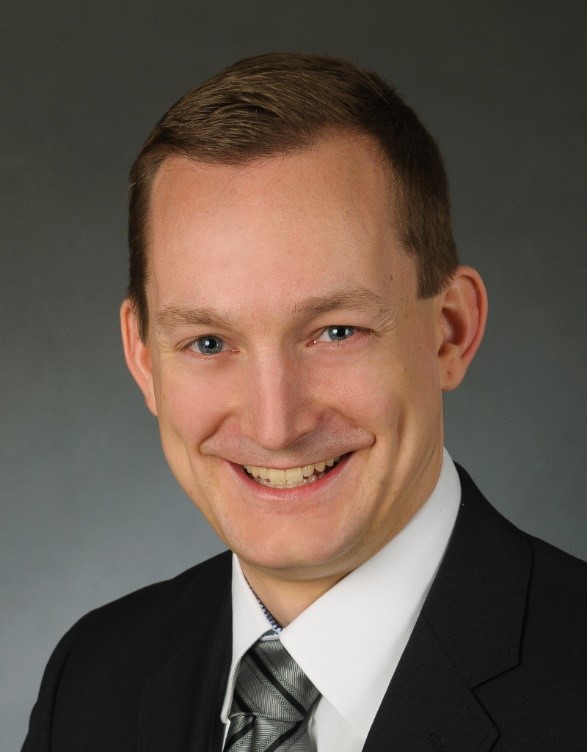State-of-the-Art Automotive Radar System Architectures - and What Else We Can Do with Them Markus Gardill, InnoSenT GmbH, Donnersdorf, Germany
Automotive Radar operating in the 77 GHz and 79 GHz bands is the largest market for mmWave systems. Consequently, a de-facto standard system architecture has evolved which is used by most devices on the market and under current development. Modern automotive radars are to a large extent software defined and enable adaptive selection of waveform parameters as well as dynamic utilization of RF subsystems such as transmit and receive channels. This flexibility is the key-enabler for implementing multi-purpose radar sensors, which can realize functions from adaptive cruise control down to automated parking all in one device. Together with the high-volume of automotive radars also comes a rapid cost-reduction. Consequently, they become more and more attractive for solving various other sensing challenges: something else they have originally been designed for.
After reviewing the state-of-the art system architecture of automotive radar sensors, this presentation will introduce some novel ideas and applications how performance of that automotive “mass-product” can be further improved and how their flexibility allows for a widespread use, far away from adaptive cruise control.

Markus Gardill was born in Bamberg, Germany in 1985. He received the Dipl.-Ing. and Dr.-Ing. degree in systems of information and multimedia technology/electrical engineering from the Friedrich-Alexander-University Erlangen-Nürnberg, Germany, in 2010 and 2015, respectively.
In 2010, he joined the Institute for Electronics Engineering at the Friedrich-Alexander-University Erlangen-Nürnberg as a research assistant and teaching fellow. From 2014 to 2015 he was head of the team Radio Communication Technology. In late 2015 he joined the Robert Bosch GmbH as an R&D engineer for optical and imaging metrology systems and leading the cluster of non-destructive testing for the international production network. In 2016 he joined InnoSenT GmbH as Senior Software Developer for automotive radar signal processing algorithms.
During his affilation with the Institute for Electronics Engineering he taught Circuits & Systems for Communication, Digital Electronic Systems, Programmable Electronic Systems, and Wireless Automotive Electronics. He currently is lecturer for Wireless Automotive Electronics at the Friedrich-Alexander University Erlangen-Nürnberg.
His main research interest include radar and communication systems, antenna (array) design, and signal processing algorithms. His particular interest is spatio-temporal processing such as e.g. beamforming and direction-of-arrival estimation with a focus on combining the worlds of signal processing and microwave/electromagnetics.
Dr. Gardill is a member of the IEEE Microwave Theory and Techniques Society (IEEE MTT-S) and serves as a member of the IEEE MTT-S Technical Coordinating Committee Digital Signal Processing (MTT-9). He regularly acts as reviewer and TPRC member for several journals and conferences. He is selected as Distinguished Microwave Lecturer (DML) for the DML term 2018-2020 with a presentation focussing automotive radar systems.
